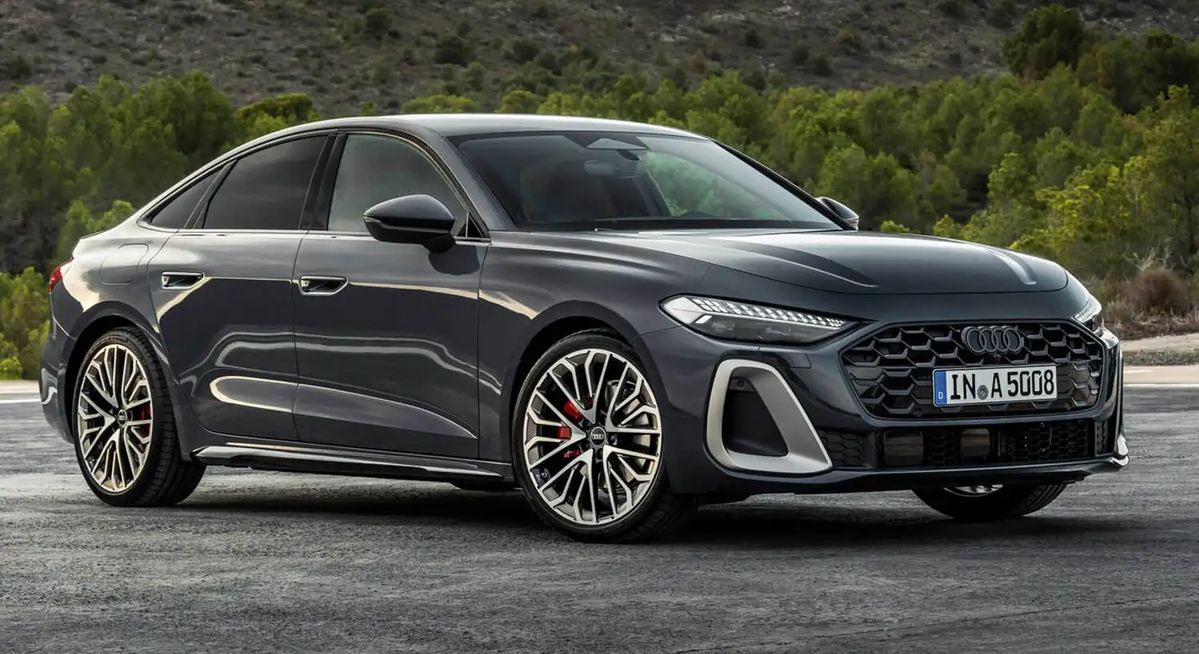Every car enthusiast knows that the thrill of owning a sedan extends far beyond its horsepower or handling dynamics—it’s also about how the interior feels and ages with time. A well-designed cabin is where the driver spends the most time, and it should remain as pristine on day 1000 as it was on day one.
But when the sun beats down day after day, not all interiors hold up the same. Some resist UV rays like champs, keeping their color and texture, while others surrender, fading, cracking, and warping embarrassingly.
Sun exposure, especially in warmer regions, accelerates wear and tear. Dashboards begin to crack, plastics fade, leather warps, and trim becomes brittle. It’s a slow death for a once-luxurious interior. However, some automakers have risen to the challenge, building cabins with materials and finishes that defy time and sun alike.
This blog dives deep into 5 sedans whose interiors proudly resist UV fade—even under relentless sun—and 5 whose dashboards crack and crumble, leaving owners frustrated.
Crafted as written by an automobile addict who’s spent more time sniffing leather and wiping down dashboards than most people spend choosing a car, this list is brutally honest and fact-checked from real-world experiences.
5 Sedans Whose Interiors Resist UV Fade
Not all cabins are built equally. Some sedans come wrapped in UV-resistant materials, anti-glare coatings, and high-quality vinyls and leathers.
These are the cars that shrug off harsh sunlight with ease, keeping their dashboards and seats vibrant for years. Here are 5 sedans that have proven their interior durability under UV abuse and emerged as champions of long-term cabin aesthetics.
ALSO READ: 5 SUVs Whose Liftgates Auto-Close Smoothly and 5 That Jam
1. Lexus ES
The Lexus ES isn’t just about smooth rides and bulletproof reliability. It’s a benchmark for UV resilience in interior design. The leatherette and semi-aniline leather options are UV-treated, ensuring the dash and seats resist fading, even after years in sun-drenched climates like Arizona or Rajasthan.
The ES uses a soft-touch dashboard with microfoam backing, which is far less prone to cracking.
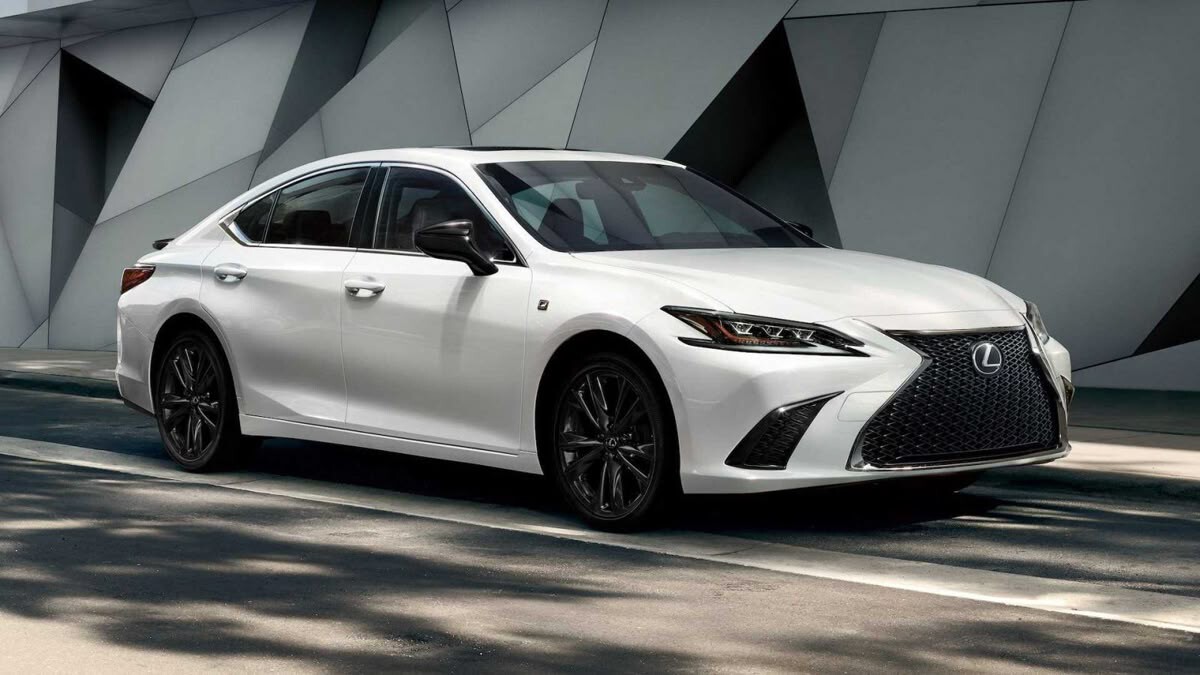
Lexus engineers paid obsessive attention to materials, coating the plastics and faux wood trims with a thick UV-protective laminate. This not only guards against fading but also resists surface heating, so the cabin stays cooler under direct sunlight.
Additionally, the ES includes features like UV-protective windows and optional sunshades for rear passengers. Over the years, real-world owners have praised its longevity—ES interiors from over a decade ago still look showroom-fresh when regularly maintained. Whether you park it under palm trees or desert skies, the ES shrugs off solar damage effortlessly.
In the long game of interior preservation, the Lexus ES is a quiet warrior—understated in looks, but masterful in execution. It proves you don’t need flashy tech to ensure a dashboard survives; you just need smart material science and relentless testing.
2. Honda Accord (10th Gen, 2018–2022)
Honda nailed the 10th-generation Accord interior—not just in terms of design, but in resisting the dreaded fade and crack syndrome. With a layered dashboard made from soft-touch plastics and deeply embedded pigments, the material doesn’t just wear well—it ages gracefully.
The anti-glare dashboard coating plays a key role, minimizing sun reflection and thereby reducing heat retention.
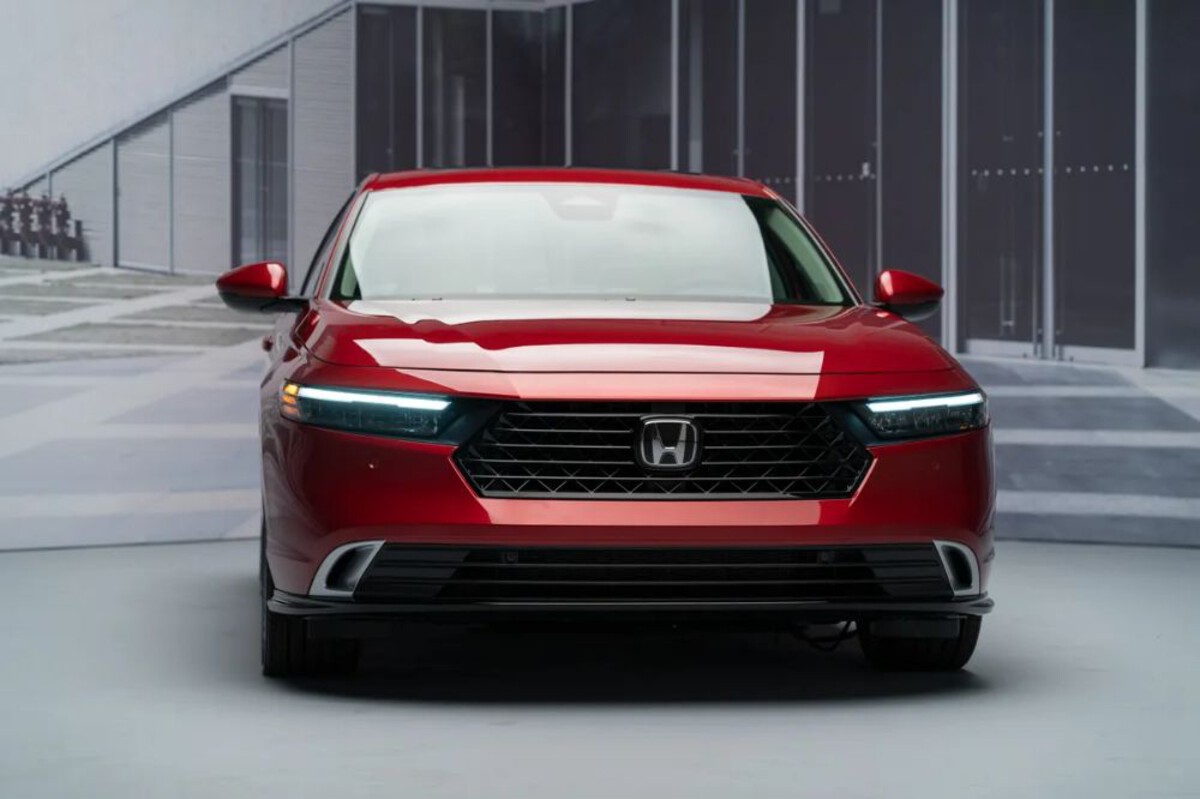
Honda even used UV-treated fabrics and faux leather that holds up better than many real leathers in higher-priced cars. The trim pieces along the center console and doors also benefit from scratch- and fade-resistant coatings.
Long-term owners in California and southern India report minimal signs of wear even after 5 years of parking outdoors. The Accord’s interior, despite being mass-market, outperforms several so-called luxury sedans in UV protection.
If you’re someone who doesn’t always get a shaded parking spot or forgets to use a sunshade now and then, the Accord gives you peace of mind. It’s a practical warrior in the war against solar destruction.
3. Volvo S60
The Volvo S60 might be famous for its safety record, but its interior UV resistance deserves equal applause. Scandinavian carmakers know a thing or two about material longevity, and the S60 shows off this craftsmanship in full force.
Its dashboard, seats, and trim panels are wrapped in premium materials, often with recyclable, high-tensile composites that don’t just resist fading—they reflect UV light. The Swedish aesthetic also leans toward light-toned interiors, which naturally absorb less heat and UV, reducing stress on materials.
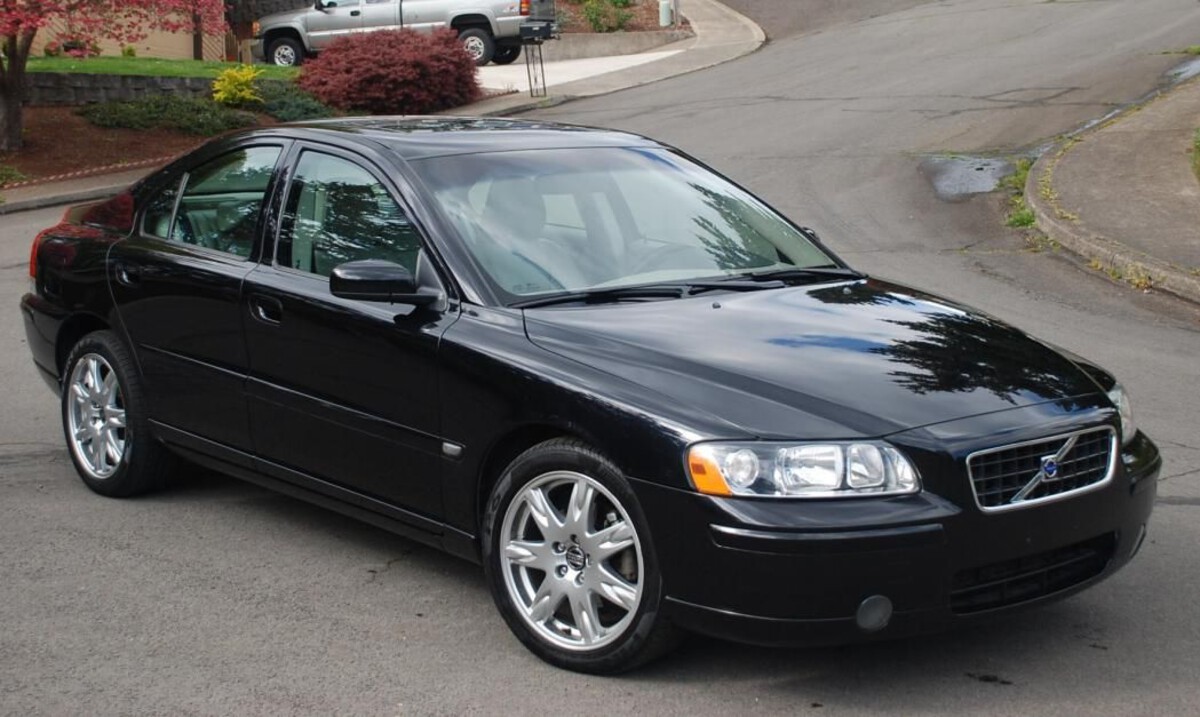
What sets the S60 apart is the laminated panoramic sunroof with integrated UV filters. It ensures that even the light flooding in from above is filtered for skin safety and interior protection. Owners in desert states and hot regions note that even after years of sun exposure, the dash remains supple and uncracked.
Volvo’s attention to environmental impact also pays off here—using sustainable materials often results in more durable and fade-resistant products. In the S60, comfort meets long-term quality in one of the most sunlight-resilient cabins available today.
4. Toyota Camry (2017–Present)
Toyota’s legendary reliability extends to how its interiors handle prolonged sun exposure, especially in the Camry. This is a sedan engineered not just to last mechanically, but to look good doing it.
The dashboard features a synthetic material blend called SofTex, which is not only resistant to wear but also UV-stabilized. It doesn’t crack or warp easily, even in high-humidity, high-heat areas. The stitching on the seats is UV-treated to prevent thread discoloration, and the piano-black trims are coated in anti-fade film.
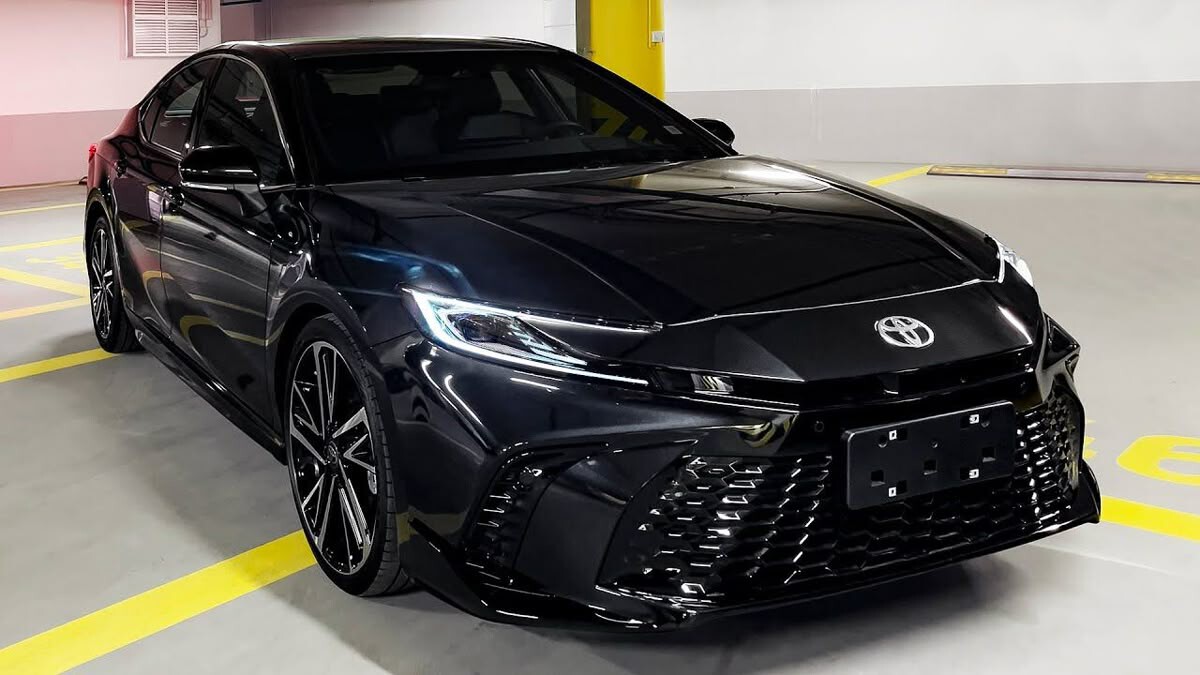
UV-blocking glass on all windows helps filter out a significant amount of harmful rays. Even under prolonged outdoor parking conditions, Camrys from the last decade show minimal signs of dashboard cracking or seat fading—something rare in its segment.
For families, road trippers, and daily commuters alike, the Camry delivers comfort and peace of mind with its well-built, fade-resistant interior.
5. Audi A6 (C8, 2019–Present)
Audi interiors have long been admired for their fit and finish, but the latest A6 deserves a special spotlight for its UV resistance. The German automaker utilizes high-grade plastics, aluminum inserts, and vegan leather options—all engineered to withstand heat and light degradation.
The C8-generation A6 uses UV-absorbing polymer coatings across the dashboard and doors. Even the dual-screen infotainment setup is designed to resist ghosting and discoloration from constant sunlight exposure. The matte finish on surfaces minimizes reflective heat absorption, reducing the stress on plastic and synthetic fibers.
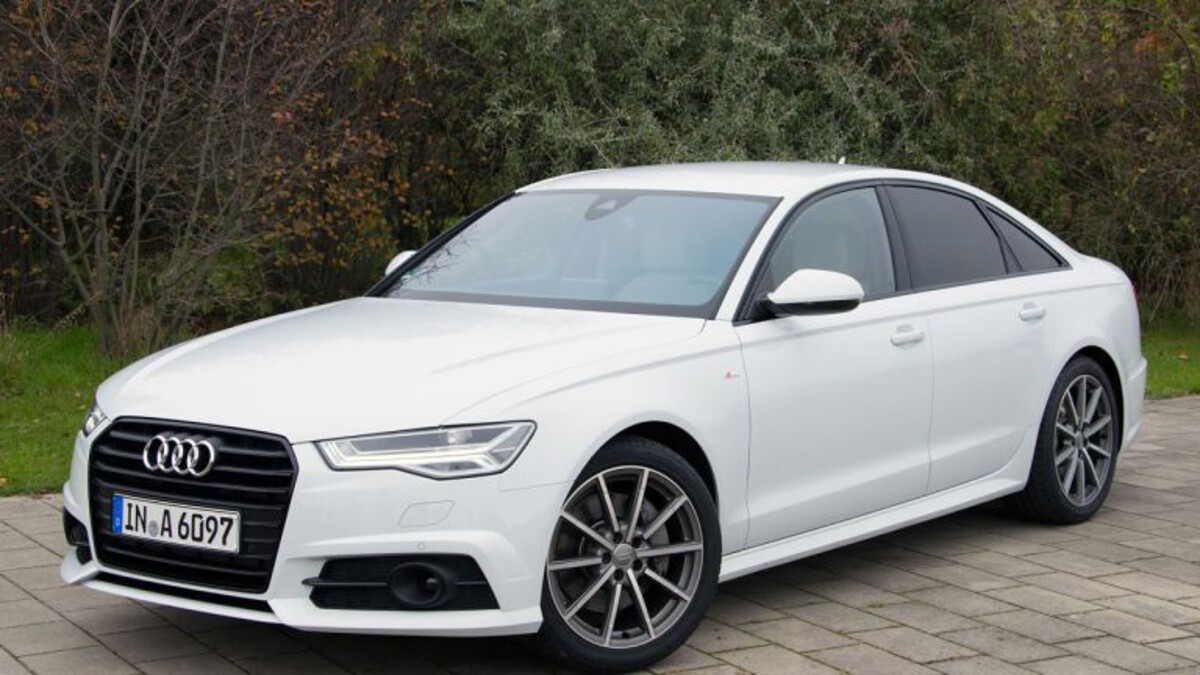
Whether you’re parking under the scorching sun in Mumbai or stuck in Los Angeles traffic at high noon, the A6 cabin holds its dignity. Users on long-term lease or ownership cycles report zero cracks or sun-bleaching over a 3–5 year period.
In short, the Audi A6 offers not only luxury and tech but also robust sun-fighting interior durability—a combo that’s hard to beat in its class.
5 Sedans Whose Dash Cracks
Some sedans, despite their features or price tags, fall flat when it comes to interior durability. Their dashboards crack, surfaces fade, and what was once a clean, elegant cabin becomes a patchwork of dash covers and sun visors. These 5 sedans have unfortunately earned a reputation for interiors that just can’t handle the heat, literally and figuratively.
ALSO READ: 5 Cars With the Fewest Average Check-Engine Alarms and 5 With Constant CELs
6. Chevrolet Malibu (2008–2012)
The 2008–2012 Malibu is a classic case of decent engineering paired with poor interior material choices. The dashboard is infamously brittle, especially in hot climates. Owners from Texas to Tamil Nadu have documented dashboards warping, cracking near air vents, and peeling vinyl layers even with moderate sun exposure.
Chevy used a hard, cost-cut plastic on the dash that wasn’t UV stabilized. Combine that with a thin topcoat and you’ve got a recipe for disaster. Even garages or shaded parking couldn’t fully prevent eventual dashboard fractures.
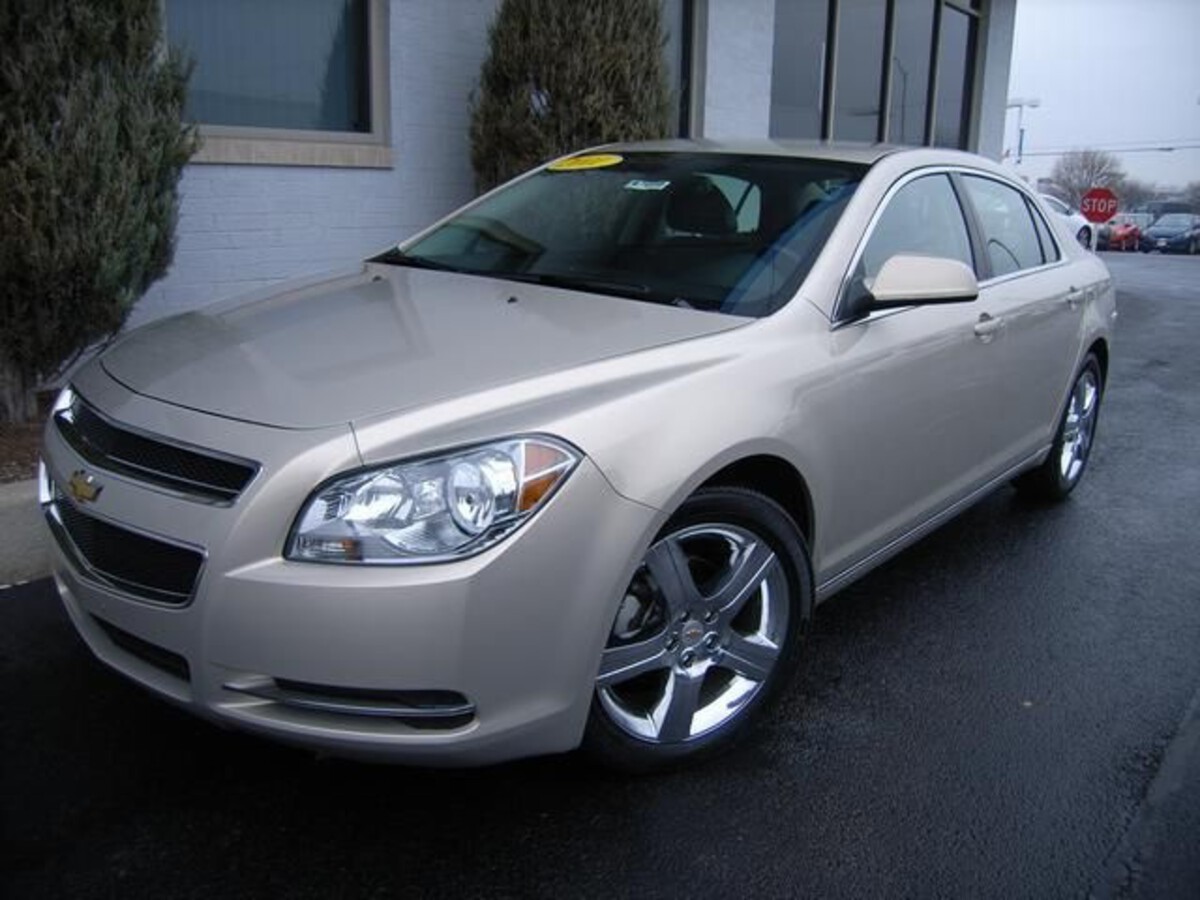
Numerous Malibu owners have turned to aftermarket dash covers or sunshades just to keep the car looking halfway decent. This sedan’s interior deterioration is so common that it’s often cited in resale negotiations—proof that dashboard quality truly matters in the long haul.
7. Dodge Avenger (2007–2014)
Few cars scream “dash crack horror show” like the Dodge Avenger. Dodge sacrificed interior quality for aggressive styling and pricing, and it shows. The dashboard material is rough, hard, and weak against UV damage. Cracking often starts around the defroster vents and spreads like spider veins.
Within just a few summers, the cabin looks like a dried-out riverbed.
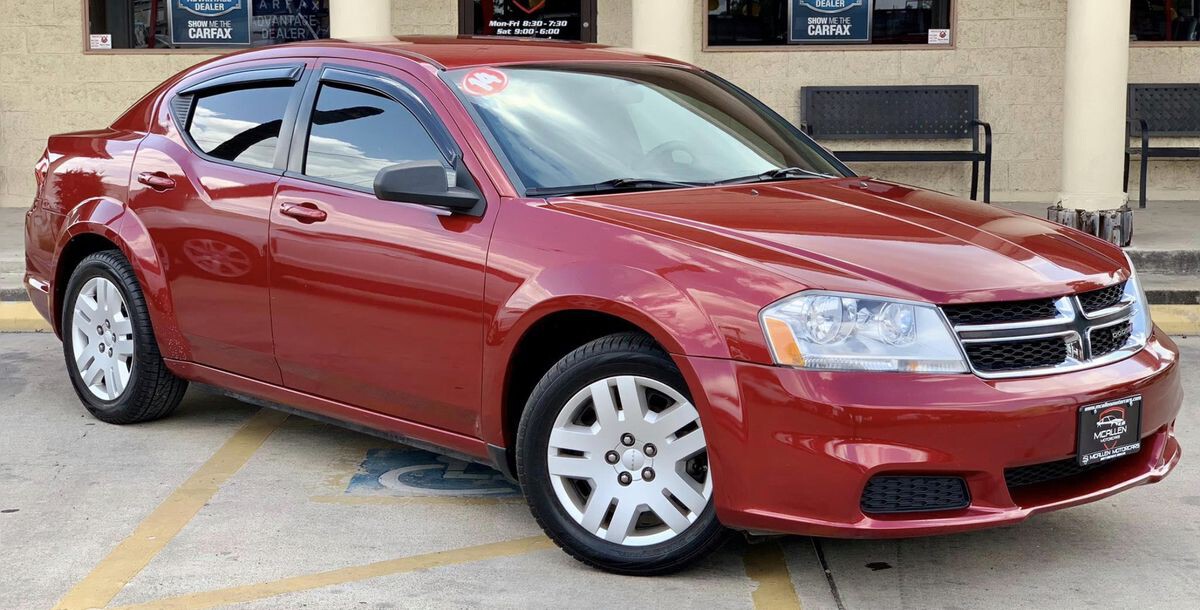
Owners in high-heat states reported warping within 2–3 years, and even replacement parts suffered the same fate. It became so widespread that online forums are littered with DIY repair guides and photos of horror-show interiors.
In the end, the Avengers’ cabin may have looked modern when new, but it simply couldn’t stand up to the sun.
8. Hyundai Elantra (2011–2016)
Hyundai made great strides with the Elantra, but the 2011–2016 generation had one critical weak spot—the dashboard. The hard plastic used was neither UV-treated nor well-insulated. Cracks often begin as hairline fractures, then evolve into wide splits running across the dash.
Many owners found themselves needing dashboard replacements before hitting 100,000 km.

In hotter climates, some Elantras looked aged inside well before their engines did. While the car itself was reliable and stylish, its interior told a different story.
Ironically, Hyundai fixed this in newer generations, but for those stuck with the 2011–2016 models, interior aging is a constant reminder of what corners were cut.
9. Nissan Altima (2007–2012)
The Altima’s sleek profile hides an interior flaw that’s hard to ignore—sun-vulnerable dashboards. The material used in these years was infamous for bubbling, cracking, and even turning sticky.

It’s a chemical breakdown accelerated by heat and UV rays, leading to dashboards that not only crack but also lose texture.
Multiple class-action lawsuits emerged in the U.S. over this issue. Owners described dashboards melting or leaving residue on their hands. Replacement costs ran high, and few aftermarket solutions worked long-term.
This generation of Altima is a strong performer on the road, but its sun-damaged interiors have permanently dented its legacy.
10. Chrysler 200 (2011–2014)
Last up is the Chrysler 200—definitely not the worst-looking car in its class, but it hides a pretty frustrating flaw. While it offered respectable drivetrain options and styling that turned a few heads, the interior aged like milk in the sun.
Literally!! The dashboard, covered in hard vinyl, started cracking within just a few summers. Most of the damage began near the base of the windshield and quickly spread like a spiderweb.
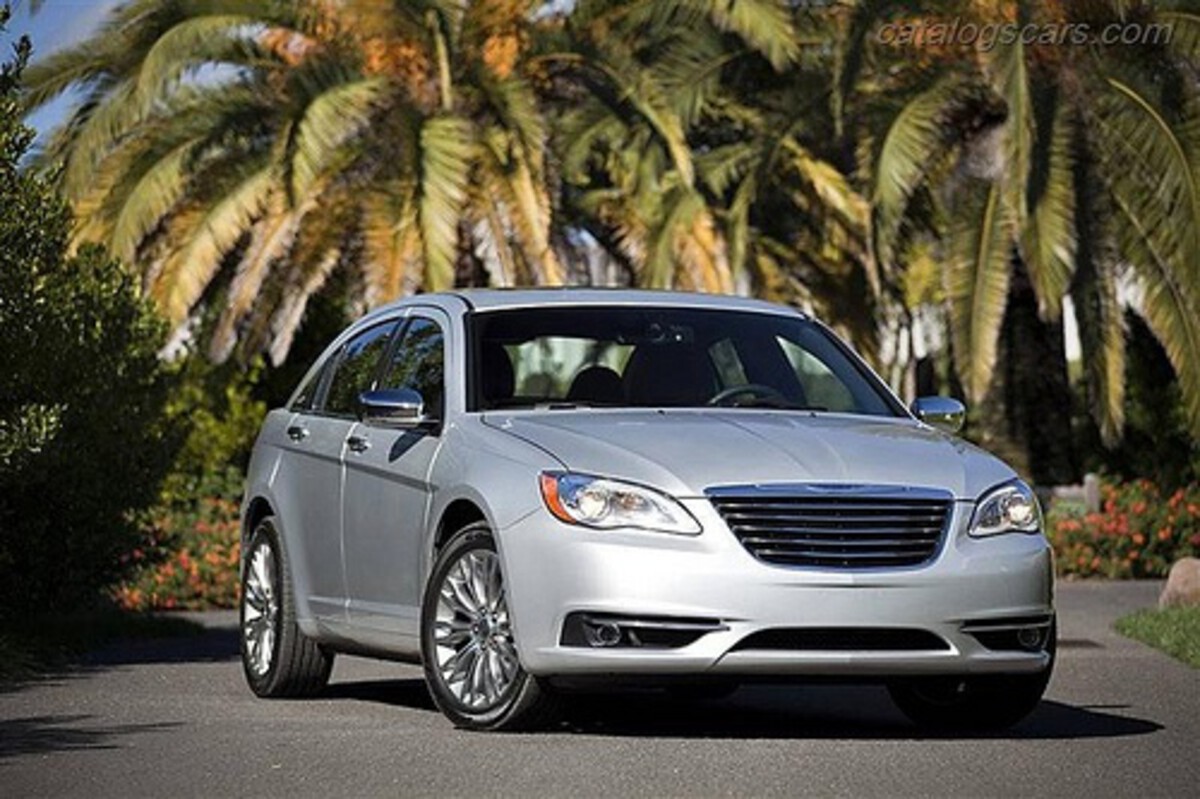
Now, add to that the fact that Chrysler didn’t bother putting decent UV protection in the windows. That just cooked the interior even faster. Trims around the center console and radio were among the first to fade, dry out, and get brittle. What once looked sleek and almost upscale turned cheap and worn in no time.
For a lot of owners, this felt like a bait-and-switch. They thought they were getting a solid, stylish midsize sedan, only to be left with something that looked like it had been sitting in a junkyard. Chrysler did step up material quality in later models, but the damage to this generation’s rep was already done.
If you see a used Chrysler 200 from this era and the price seems too good to be true, it probably is. Just check that dashboard before you even think of buying.
Sunlight is a silent enemy of car interiors. While engine specs and infotainment systems often grab headlines, the battle between UV rays and your dashboard is one that determines how your car feels after years of use.
Some sedans rise to the occasion—wrapped in durable, treated materials that shrug off fading, cracking, and heat damage. Others fail miserably, leaving owners with peeling vinyl and broken dashboards.
The Lexus ES, Accord, S60, Camry, and A6 demonstrate that manufacturers who invest in quality materials and thoughtful engineering can ensure cabin longevity. They prove that UV resistance isn’t a luxury—it’s a necessity.
On the flip side, cars like the Malibu, Avenger, Elantra, Altima, and Chrysler 200 remind us that shortcuts in interior design may not appear immediately, but the sun always exposes them eventually.
Whether you’re shopping for a new sedan or maintaining your current ride, don’t underestimate the power of sunlight and the value of UV-resistant materials. After all, a cabin that resists time is a cabin that brings joy for years.

